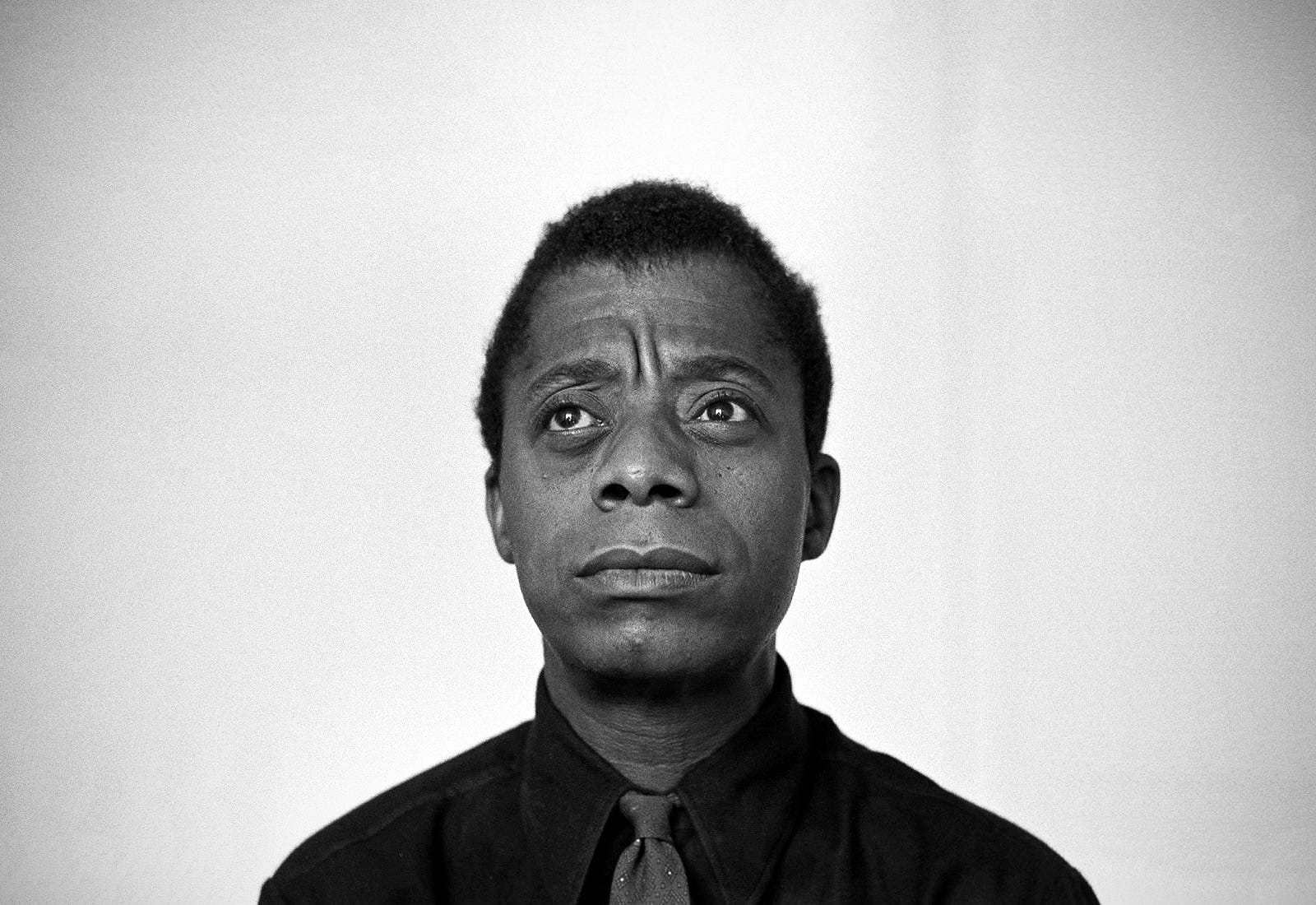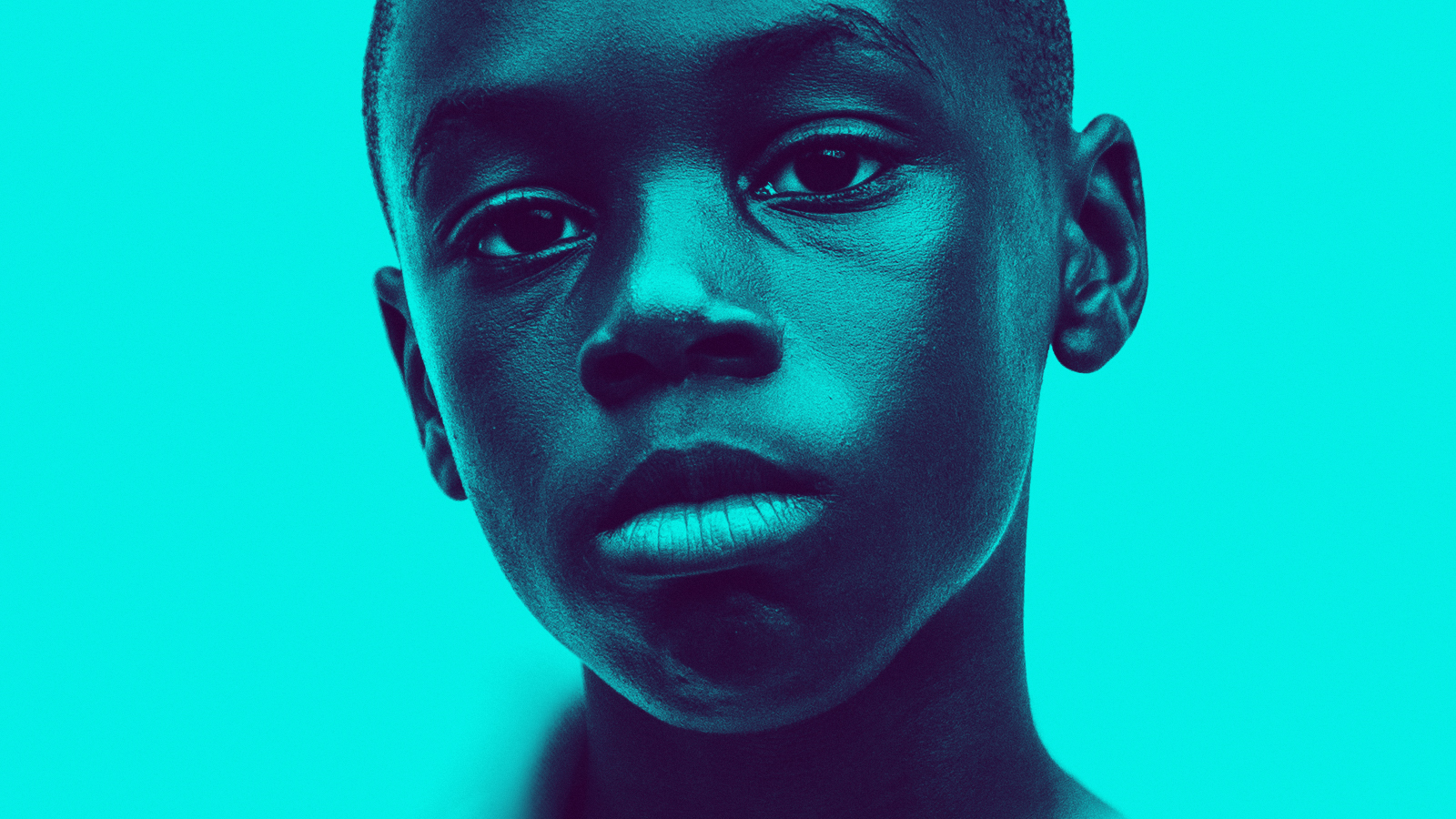As many writers will admit, their lives have a massive effect on their written work. One can see this clearly in Baldwin’s novel Giovanni’s Room. An article from The New Yorker discusses the similarities between Baldwin’s life and his novel. The article first notes that “at the age of twenty-four, Baldwin moved to Paris, where […]




